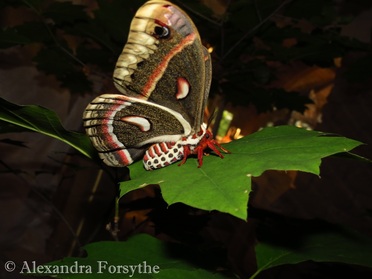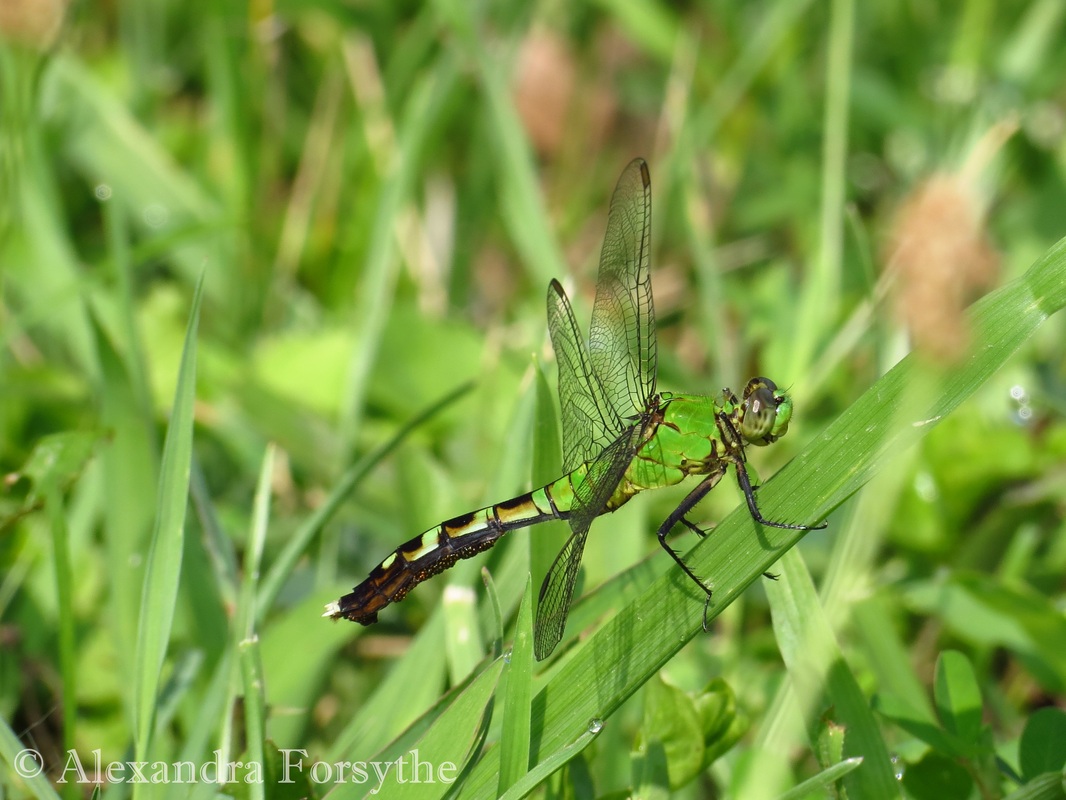Wiggle is a Turkey Vulture who was hit by a car. Shortly after he had been hit, some wonderful people who lived nearby carefully moved him off of the road and called Soarin’ Hawk Raptor Rehab. Since he was close to my home, the Soarin’ Hawk dispatcher asked us to pick him up.
When we arrived I was really worried. I thought he was dead. He was lying in an awkward facedown position, eyes closed, with flies buzzing around him. He did not move at all when we approached him; there wasn’t so much as a flicker of the eyelids. The kind people who had found him were upset that he had apparently passed, and we tried to comfort them by saying that even the deceased raptors can help save the lives of the others. For example, we imp (attach) the feathers onto the broken feathers of otherwise healthy birds to allow them to fly until their own feathers grow in.
When we picked up his limp body, one eye snapped open. He was alive! I was so relieved! The rest of his body remained limp and unresponsive, but there was hope! We put him in the special “Raptor Carrier” and I sat with him and talked to him quietly during the long 40-minute drive to the vet’s office.
The veterinarian for Soarin’ Hawk took us in immediately and she demonstrated how to manually check for broken bones, dehydration and other common injuries. She also took several x-rays to make sure that he had no internal injuries. Miraculously, all Wiggle had was a severe concussion! The vet moved him to a cage so that he could rest and recover and she put a towel doughnut around him to keep his head up. I was, of course, very happy that he was ok, but I was still worried about him. The vet monitored Wiggle carefully for a couple of days then transferred him to Soarin’ Hawk’s personalized care area, where someone could watch him night and day, away from the risk of ill birds, parasites and other risks to his recovery. At that point, we discovered that Wiggle was not a fan of old meat; he preferred fish and meat that was fresh from the store! Our picky little vulture was clearly feeling better! He was moved to Soarin’ Hawk’s main raptor rehabilitation center to begin his creance (practice and conditioning) flights.
All raptors brought to Soarin’ Hawk have to do multiple practice flights to ensure that they can be released. Wiggle did not fly very far at first. As he practiced he began to regain his strength so that he could fly further and further until, after spending two weeks with Soarin’ Hawk, he could take the entire line multiple times in a session. I was so proud of him!
The veterinarian watched his final flight and decided that he was able to be released! We drove him back to the area in which he was found. When he was returned home he did not want to leave at first. After spending some time resting in the field and having one last meal he said goodbye to his new human friends and flew off to join his feathered family. I almost cried, partly because I was happy for him, but also because I already missed him. Have a long, safe life, Wiggle!
When we arrived I was really worried. I thought he was dead. He was lying in an awkward facedown position, eyes closed, with flies buzzing around him. He did not move at all when we approached him; there wasn’t so much as a flicker of the eyelids. The kind people who had found him were upset that he had apparently passed, and we tried to comfort them by saying that even the deceased raptors can help save the lives of the others. For example, we imp (attach) the feathers onto the broken feathers of otherwise healthy birds to allow them to fly until their own feathers grow in.
When we picked up his limp body, one eye snapped open. He was alive! I was so relieved! The rest of his body remained limp and unresponsive, but there was hope! We put him in the special “Raptor Carrier” and I sat with him and talked to him quietly during the long 40-minute drive to the vet’s office.
The veterinarian for Soarin’ Hawk took us in immediately and she demonstrated how to manually check for broken bones, dehydration and other common injuries. She also took several x-rays to make sure that he had no internal injuries. Miraculously, all Wiggle had was a severe concussion! The vet moved him to a cage so that he could rest and recover and she put a towel doughnut around him to keep his head up. I was, of course, very happy that he was ok, but I was still worried about him. The vet monitored Wiggle carefully for a couple of days then transferred him to Soarin’ Hawk’s personalized care area, where someone could watch him night and day, away from the risk of ill birds, parasites and other risks to his recovery. At that point, we discovered that Wiggle was not a fan of old meat; he preferred fish and meat that was fresh from the store! Our picky little vulture was clearly feeling better! He was moved to Soarin’ Hawk’s main raptor rehabilitation center to begin his creance (practice and conditioning) flights.
All raptors brought to Soarin’ Hawk have to do multiple practice flights to ensure that they can be released. Wiggle did not fly very far at first. As he practiced he began to regain his strength so that he could fly further and further until, after spending two weeks with Soarin’ Hawk, he could take the entire line multiple times in a session. I was so proud of him!
The veterinarian watched his final flight and decided that he was able to be released! We drove him back to the area in which he was found. When he was returned home he did not want to leave at first. After spending some time resting in the field and having one last meal he said goodbye to his new human friends and flew off to join his feathered family. I almost cried, partly because I was happy for him, but also because I already missed him. Have a long, safe life, Wiggle!


 RSS Feed
RSS Feed
